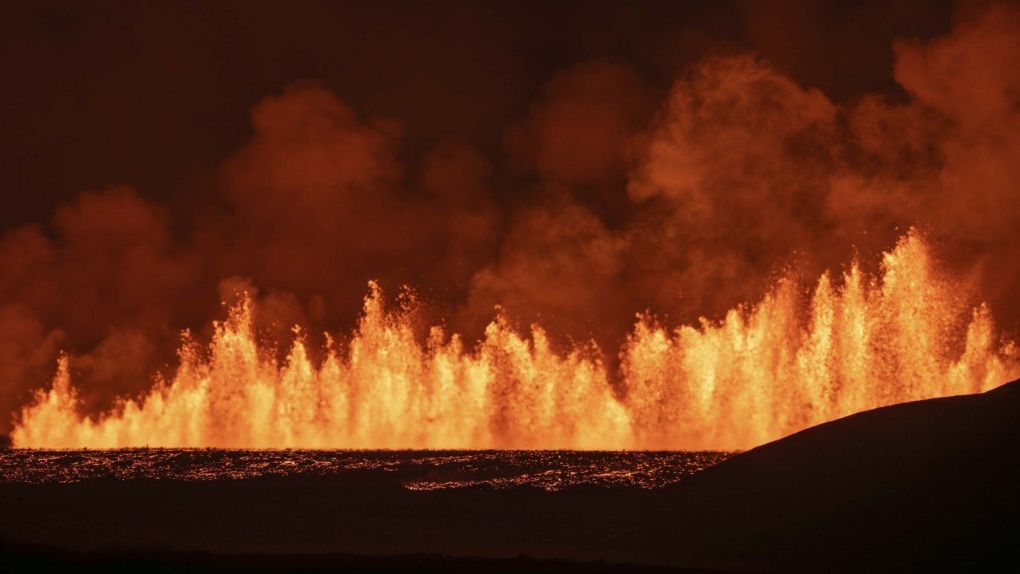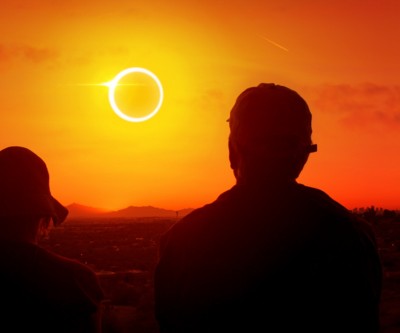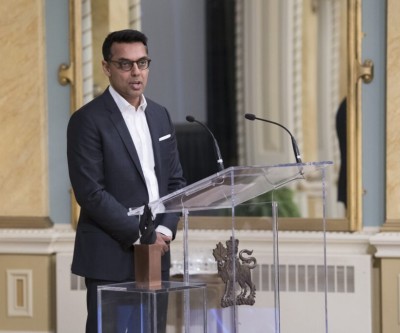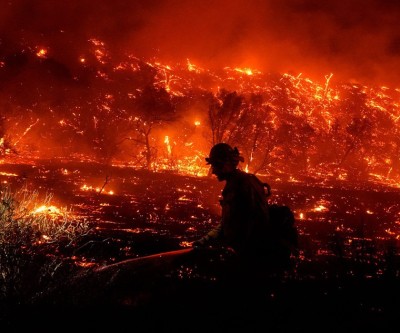Latest News
- Four years after Indigenous woman dies in Niagara Hospital, family still waiting for coroner's investigation
- Lawyer: British Columbia RCMP officer should be fired or resign immediately
- B.C. government looks to offer loan guarantees to property owners in Cowichan Aboriginal title area
- Uber driver's account in Toronto suddenly deactivated; only source of income cut off after 'duplicate account' claim
- TDSB education chief fired by provincial supervisor; sweeping changes at Canada's largest education board
Latest Ads
-
Jasmine Jewel
Call
-
Omidan group
Call
-
Amir Madanpour
Call
-
Dimo studio
Call
-
Yorkacademy
Call
-
Maryambagheri
Call
-
Shishlix Restaurant
Call

An Iceland volcano erupts again but spares the nearby town of Grindavik for now
GRINDAFIK, Iceland - Lava continued to erupt from a volcano in southwest Iceland on Friday - the sixth time since December that the volcano has erupted on the Reykjavík Peninsula.
The eruption erupted from a new fissure shortly after 9 p.m. Thursday after a series of strong earthquakes and within an hour a four-kilometer (2.4-mile) fissure separated from the Sondhonkur crater.
Icelandic authorities say the effects of the eruption are still localized, with road closures but no threat to the population.
Haldor Björnsson, head of meteorology and climate at the Norwegian Meteorological Agency, told the Icelandic news portal Visir that unlike previous eruptions, the lava flow towards the town of Grindafik, which came to life in December when the volcano came back to life after 800 years of dormancy, It was very drained, it was not moving.
"If this trend continues, Grindafic is not in danger," geophysicist Magnus Toma Gudmonsson told the website after flying over the eruption. "Of course, we don't know what's going to happen in the near future, but it's probably peaked and then it's going to start to subside like other eruptions."
As news of the eruption spread, hundreds of curious people drove to nearby landmarks to see this amazing natural phenomenon that has become a major tourist attraction.
"We just thought it was the auroras," said Mahnoor Ali, a visitor from Maryland in the US. "It's like the coolest thing I've ever seen, honestly."
Amirul Awaludin from Malaysia and Shohei Miyamitu from Japan were with an Icelandic friend when they heard the news and rushed to the eruption area.
"We also have volcanoes," Miyamitu said, but "we can't see lava like this."
But for people who live and work on the Rican peninsula, the volcano's frequent eruptions and subsequent evacuation orders have caused more frustration than excitement.
Frequent volcanic eruptions near Grindafik, a town of 3,800 people about 50 kilometers (30 miles) southwest of the capital Reykjavik, have damaged infrastructure and property, forcing many residents to move to ensure their safety.
Those who had returned were forced to leave on Thursday night as strong winds blew toxic gases over the city.
Bulgulgon geothermal spa, one of Iceland's biggest tourist attractions, was also evacuated, with videos on social media showing sirens going off at dusk.
The spa was closed on Friday but staff were preparing to reopen, director of sales, operations and services Helga Arnadottir told national broadcaster RUV.
Located on a volcanic hotspot in the North Atlantic, Iceland experiences an eruption on average every four to five years. The most destructive eruption in recent years was the 2010 eruption of Ijafjalajökull volcano, which spewed ash clouds into the atmosphere and disrupted intercontinental air travel for months.
The latest eruption is not expected to affect air travel.
news source
Suggested Content
Latest Blog
Login first to rate.
Express your opinion
Login first to submit a comment.
No comments yet.


































